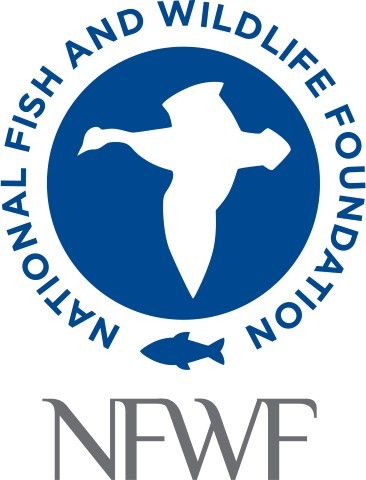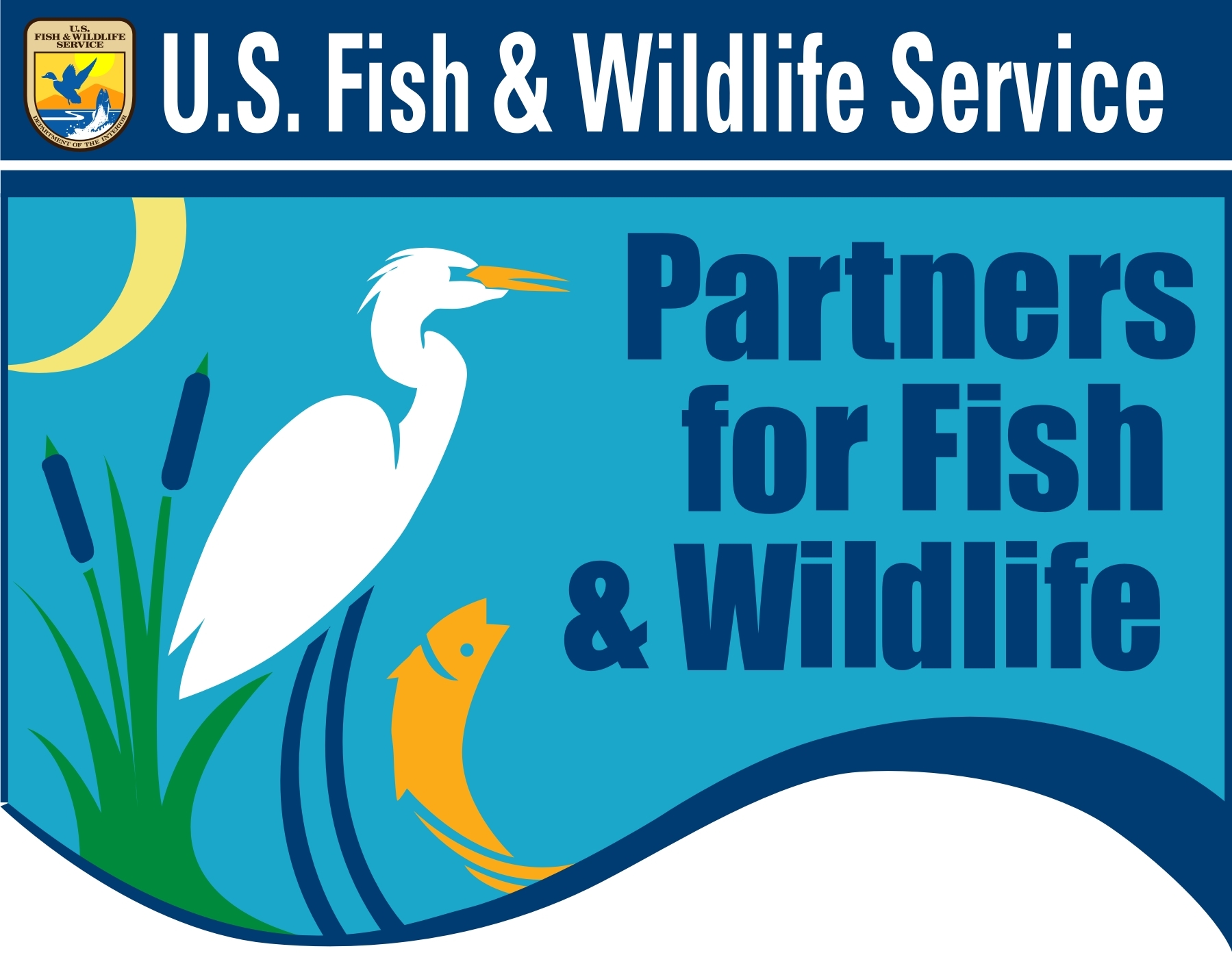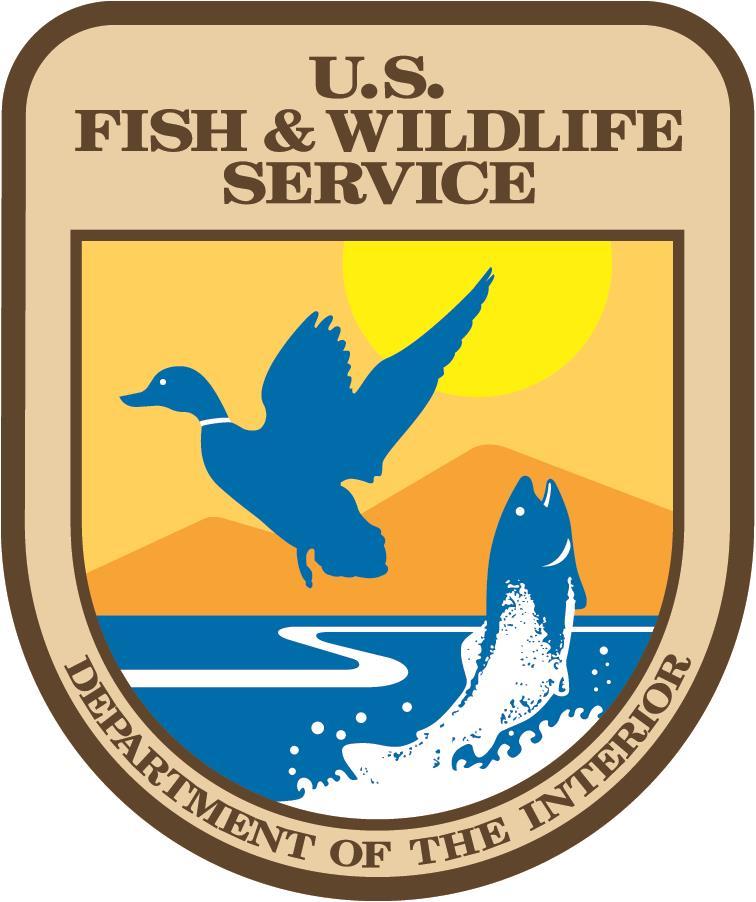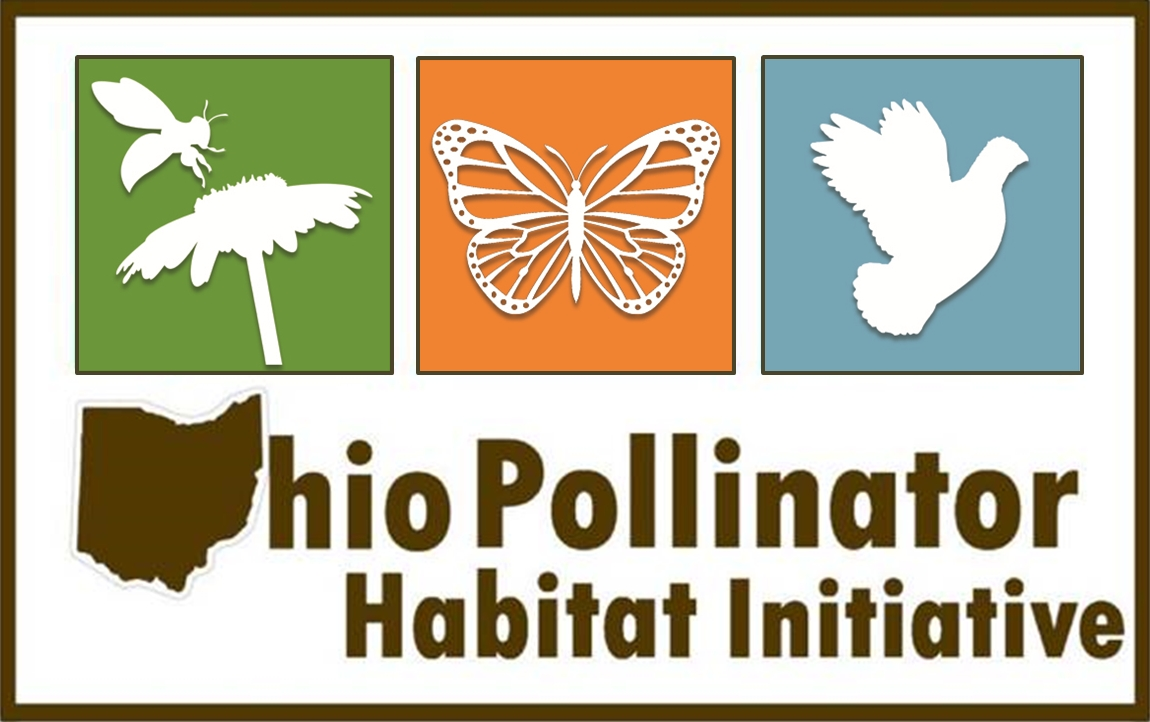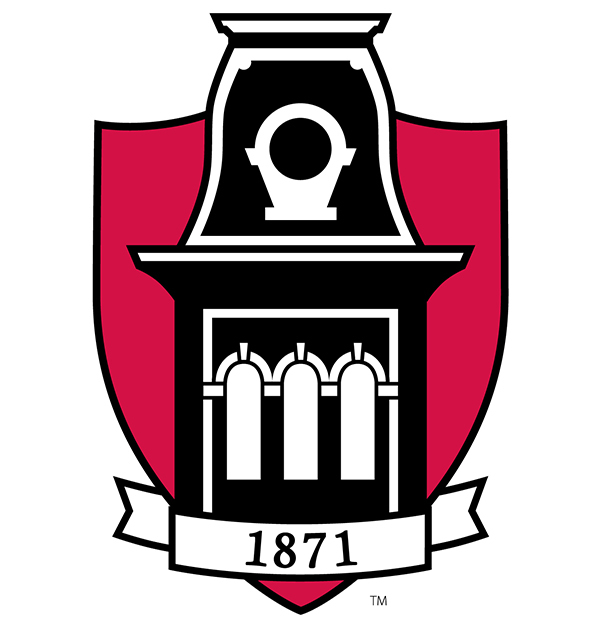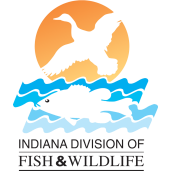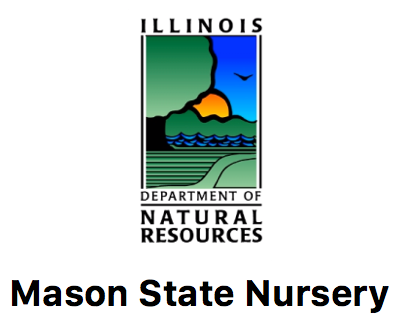Monarch Wings Across The Eastern Broadleaf Forest (2016-2019)
What was Monarch Wings Across the Eastern Broadleaf Forest (MWAEBF)?
In 2016, Pollinator Partnership applied to the National Fish and Wildlife Foundation’s Monarch Conservation Fund, seeking a grant to help us create MWAEBF, a multi-state, ecoregional approach to support monarch conservation efforts. Monarchs do not consider political boundaries in their migrations, and following their example, this multi-state cooperative worked hard across Arkansas, Illinois, Indiana, Missouri, and Ohio to create large, landscape level change. This initiative formed an amazing set of partners, including, but not limited to, our core group of representatives from U.S. Fish and Wildlife Service’s Partners for Fish and Wildlife Program (IL, IN, and OH), Illinois Department of Natural Resources – Mason State Nursery, Ohio Department of Natural Resources, Indiana Department of Natural Resources, Ohio Pollinator Habitat Initiative, Chicago Botanic Garden, Holden Arboretum, the University of Arkansas CAST, Pheasants Forever and Pollinator Partnership.
Through this partnership, we recruited and equipped 327 volunteers with the skills and knowhow to sustainably collect seeds from common native plants found on the landscape. These volunteers were organized into collection teams to create temporary seed collection networks, which worked hard to harvest seed from 20 native monarch nectar and host plants throughout our target states in the Eastern Broadleaf Forest-Continental Province (EBF-CP) ecoregion. Cooperation among these states and their conservation partners - powered by the efforts of our amazing volunteers - allowed MWAEBF to increase these vital seed resources to further fuel monarch conservation, without jeopardizing native plant material ranges. The end goal was to use these materials and our core partner’s technical expertise to enhance and secure 4,688 acres of land for the monarchs throughout this vital part of their migratory flyway.
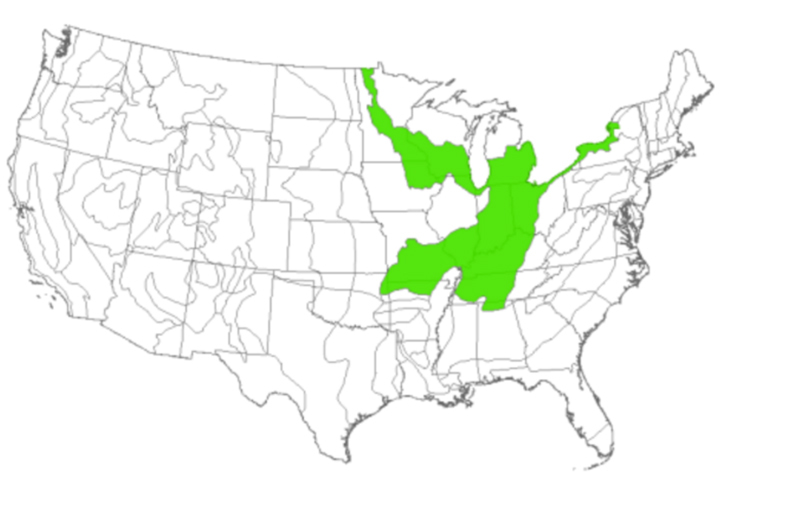
The green area overlapping the United States represents the Eastern Broadleaf Forest-Continental Province Ecoregion.
Why was it needed?
As you may know, the iconic monarch butterfly (Danaus plexippus) and its spectacular migration are in jeopardy. Their North American numbers have suffered a steep decline of approximately 90% over the past two decades, and in 2014 the U.S. Fish and Wildlife Service was petitioned to protect the monarch butterfly under the Endangered Species Act (with a listing decision expected for December 2020).
monarch butterfly, photo by Amber Barnes
While there are many factors driving broad pollinator declines, one key cause for the reduction in monarch and other pollinator populations is loss of habitat. Conservation organizations across the nation are encouraging the ‘all hands on deck’ approach to get milkweeds and other native nectar plants onto the landscape in greater number to help support this struggling species. To ensure that these habitat efforts benefit not only the monarchs, but also the plant communities in which these plants are installed, it is best to utilize native plants that are genetically adapted to the region in which they are being used. Unfortunately, ecoregionally-specific milkweed and nectar plant seed is often commercially unavailable in large quantities within the Eastern Broadleaf Forest-Continental Province and when it is, can be prohibitively expensive for those looking to support this butterfly and its extraordinary migration.
collection team harvesting seed
That’s where MWAEBF came in… Through our trainings, volunteers, and partnerships, MWAEBF was able to harvest regionally appropriate seed from a list of 20 common native species within our target states and distribute that seed and some grown out plugs to vetted monarch habitat projects within the EBF-CP – making sure that the right plants went to the right places and were protected through long-term letters of agreement.
Not only did this project aim to help increase the regional seed supply by equipping conservation partners and volunteers with the tools and knowledge on how to sustainably conduct seed collection events, we also sought to address the knowledge gap on how public land managers and private land stewards can maintain and enhance their habitat with monarchs in mind by providing guidance through in-person technical trainings, site consultations, and a 7-part online webinar series.
technical training classroom session

What did MWAEBF Accomplish?
MWAEBF was a multifaceted project resulting in a variety of accomplishments. Below, is a snapshot of some of the progress made during this brief but impactful project. For additional information on what Monarch Wings Across the Eastern Broadleaf Forest achieved, please see our project summary document HERE.
• Developed a seed collection protocol and training course and used these materials to train 327 volunteers through 11 in-person seed collection trainings and our online training module
• Developed 20 plant profiles for our target nectar and host plant species to assist seed collectors and habitat managers in plant identification
• Developed a mobile and desktop data collection application and database to track seed collections
• Cleaned and processed 368 collections, which resulted in 100 lbs of cleaned seed
• Grew out over 11,447 plugs from the collected seed
• Developed and held 5 in-person technical workshops to provide education and technical skills for improving management practices for monarchs where we trained 175 public land managers and private land stewards
• Worked with subject matter experts to develop a 7-part online webinar series providing guidance on how to improve habitat establishment, enhancement, and maintenance across landscapes to benefit monarch populations
• Identified hundreds of land owners across AR, IL, IN, MO, and OH and conducted 97 in-person site visits to provide habitat evaluations, consultation, and obtain long-term management commitments
• Secured over 27,731 acres of long-term and enhanced habitat through 114 signed letters of agreement
• Provided volunteer collected plant materials (seed and/or plugs) to 44 vetted monarch habitat projects
• Assisted in the enhancement of an additional 21 vetted monarch habitat projects through purchased materials or funding for management.
•Provided habitat enhancement materials to 65 projects in total (44 projects received materials from volunteer collections)
Who to thank?
This project would not have been possible without the: time, dedication, and enthusiasm of our Seed Collection Volunteers, Team Leads, Data Collectors, and Collection Sites; devotion from our voluntary State Leads; seed cleaning, cataloging, and growout from Mason State Nursery; technical expertise and leadership from MWAEBF core partners; support and networking from our satellite partners; funding from the National Fish and Wildlife Foundation and donors to Pollinator Partnership; and all of the participants, agencies, organizations, and community groups that pushed this effort toward success through their passion for monarch conservation.
Monarch Resources
About MonarchsProtecting Monarchs Brochures
Pollinator Learning Center
